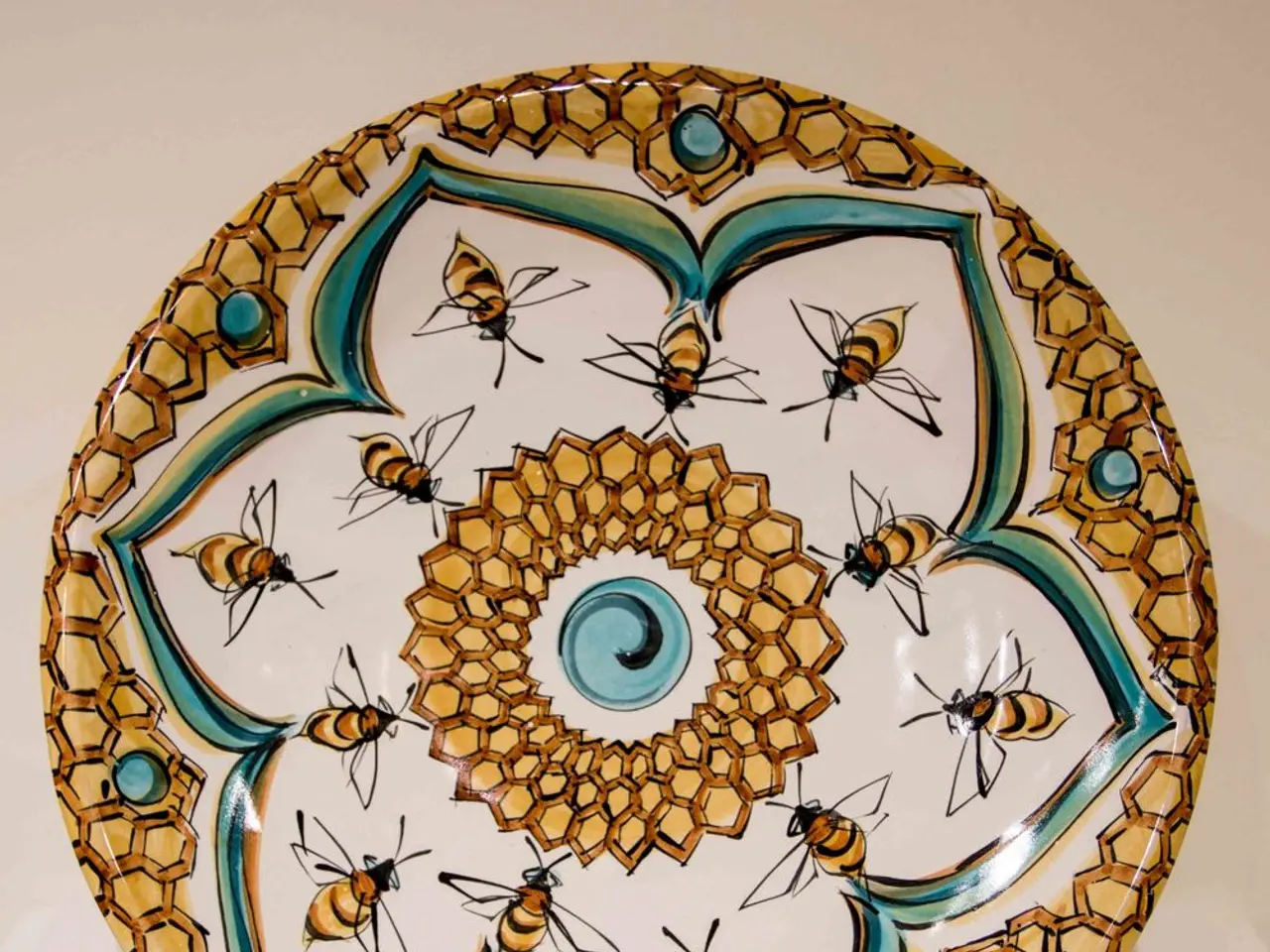A reminder on the importance of the scientific aspect when referring to a title in Data Scientist (continuation)
In the realm of data science, experimental design plays a crucial role in evaluating the impact of multiple factors on a system. This approach was recently employed in a hypothetical deep learning model, serving as an example for this article.
When transitioning from a 2x1 design to a 2x3 design, the number of test scenarios increases by four, resulting in six scenarios that need to be tested to fully evaluate each option. Each scenario in a 2x3x2 design must be tested against all levels of the new factor, increasing the overall workload.
To streamline this process, it's essential to automate the experimental setup. This can be achieved by following key steps:
1. **Define Factors and Levels**: Specify each factor involved in the experiment and its possible levels. For instance, in our deep learning model example, we have factors such as optimizers (ADAM and SGD), the number of neurons (16, 32, and 64), and learning rates (0.1, 0.2, and 0.3).
2. **Generate Factorial Design Matrix**: Use a design-of-experiments (DoE) approach to create the set of all combinations of factors and levels. This is the Cartesian product of all factor levels in a full factorial design, or a subset in the case of fractional factorial designs.
3. **Run Experiments Programmatically**: Automate the execution of each experimental run by scripting the process you want to test, such as simulations, data collection, or model training.
4. **Collect and Analyze Results**: Store outcomes from each run systematically, then perform statistical analysis (e.g., ANOVA) to assess factor effects and interactions.
Python offers several tools and libraries to simplify this process:
- `itertools.product`: To generate full factorial combinations of factors and levels. - `pyDOE2` or `factorial_design` packages: Libraries specialized for creating factorial and fractional factorial designs. - `pandas`: For managing experiment matrices and results data. - `statsmodels` or `scipy`: For statistical analysis, including ANOVA on factorial experiment data.
By following this experimental design framework, it becomes easier to determine if the model results are moving in the right direction. Factorial design, in particular, is a type of experimental design that allows for the easy extension of factors.
For enhanced flexibility and adaptation, integrating interactive experiment workflows is possible with advanced frameworks like VAILabs, which allow pausing, inspecting, or modifying experiments on-the-fly without restarting the pipeline.
In conclusion, automating factorial design in Python involves programmatic construction of the factor-level combinations, controlled execution of each combination, and systematic collection and analysis of results. Libraries such as `pyDOE2` simplify design creation, and common data science tools help manage and analyze outcomes effectively. By employing these techniques, data scientists can efficiently optimize their deep learning models and make informed decisions based on rigorous scientific methodology.
[1] VAILabs: [2] AI Planners:
Technology, such as data-and-cloud-computing, plays a significant role in automating the experimental setup for deep learning models, allowing for the efficient execution and analysis of numerous test scenarios. Python, coupled with libraries like , , , and , serves as a powerful instrument in creating, managing, and analyzing factorial designs.




